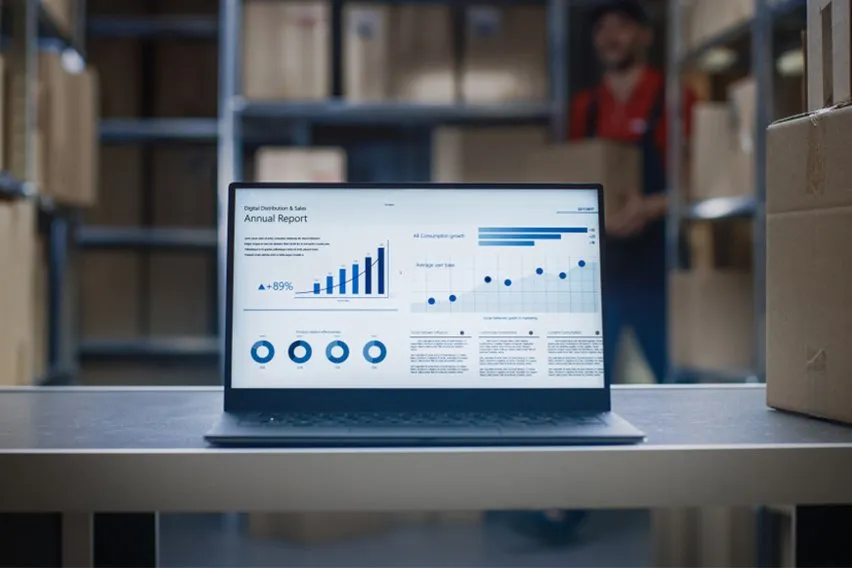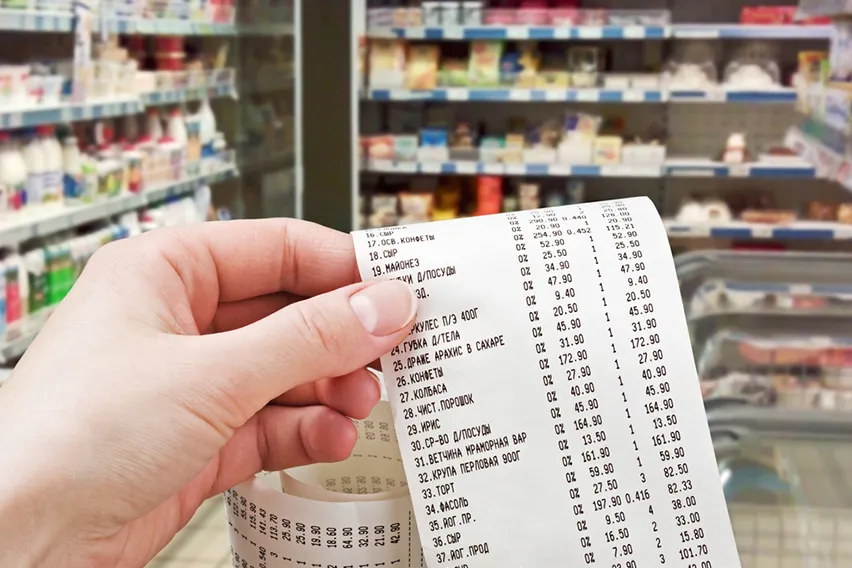Definitions of Supply Chain Management and Guide

In this guide we’ll break down the key definitions you need to know about supply chain management and the best practices.
Think about the life cycle of the device you are reading this article on. Maybe it’s your smartphone or a laptop. Your device is a cumulative effort of multiple organizations. It started as raw materials, to parts to a finished product, to your hands.
This flow of goods and services from source to the consumer is the crux of supply chain management. Understanding some key terms and strategies will help optimize your own supply chain. However large or small.
Here’s What We’ll Cover:
What Is Supply Chain Management?
Supply Chain Roles You Need to Know
Understanding Supply Chains: Strategies
Best Practices for Supply Chain Management
What Is Supply Chain Management?
Effective supply chain management is all about creating efficient systems to get the product of your company to the end-user. The supply chain entails creating, procuring and supplying goods and services to consumers. It’s all about streamlining the process to be as cost-effective and fast as possible.
This is important to almost every industry out there.

A basic supply chain model example would be:
- Seller
A supplier who supplies goods or services. These tend to be raw materials, energy, services or components of services that the producer will later use. In our example, let’s say the seller supplies fabric. - Producer
The producer receives components from the seller to produce a finished good or service. In our example, the producer is going to use the seller’s fabric to make t-shirts. - Customer
The final customer or buyer is the person who receives the goods from the producer. They will be wearing the t-shirt and hopefully, they love it!
This is incredibly simplified. The full supply chain involves a full range of systems and processes. It involves so many processes. Marketing, finance, manufacturing, product development, distribution, operations, product design, inventory management and customer service. All the things! It’s quite complex but for our purposes today, let’s keep things simple.
But wait – doesn’t that sound like regular business logistics?
It’s similar but not quite. The business processes involved in a typical supply chain involve logistics and much more. It’s a complete imagining from the production process to product delivery.
Supply Chain Roles You Need to Know
Onto defining supply chain professionals! There are several managers and overseers involved in the supply chain management process to help it all go smoothly.
- Chief Procurement Officer
The Chief Procurement Officer or CPO is in charge of sourcing. They will focus on the cost management of acquiring goods. They’ll get the best materials at the best prices. They are also in charge of making sure the company follows any government regulations around procurement. For example, sustainability regulations when sourcing raw materials. This is all the work of a CPO. - Chief Logistics Officer
The Chief Logistics Officer or CLO is in charge of the safe transit and delivery of goods. Import fees and taxes are their responsibility. If you have a warehouse, then they’ll manage truck deliveries etc. Their job is to ensure that goods get to the customer in the most efficient and cost-effective way for the company. - Supply Chain Manager
The Supply Chain Manager (no acronym this time) works with external partners to produce and sell products. They are the middleman to connect the supply chain together. They liaise with the suppliers to produce inventory. They are in charge of the workflows between the stages of the supply chain.
Understanding Supply Chains: Strategies
Now we have the basics of supply chain management down, let’s talk about the common strategies. There are three common strategies to manage a supply chain:
- Stable Supply Chain Strategy
Stable supply chain strategy is best for your business if you are focused on execution, efficiency and cost performance. So this works well for larger manufacturers that don’t need real-time information. Things that can be made at scale production work well for this approach. For example, table salt. Salt is always in demand and can maintain a large-scale cost-efficiency supply flow without much input from producers and buyers.
- Reactive Supply Chain Strategy
A reactive supply chain strategy works well if your business needs to fulfill the demands of the market. For example, let’s say your business makes Superbowl sports jerseys. Your sales go way up when a certain team is winning. Everyone wants their journey. But if they lose a game, your demand plummets. So your sales strategy to the producers or buyers is reactive to customer demand.
- Efficient Reactive Supply Chain Strategy
This strategy focuses on the cost-effectiveness and efficiency of the finished product. An example would be supermarket supply chains. Distribution centers and logistics work together to replace the goods in supermarkets as fast as possible,
Flows in Supply Chains
There are four flows in an efficient supply chain:
- Information Flow
This is all of the paperwork and the order process. Your information flow includes:
- Invoices
- Specifications
- Receipts
- Orders
- Rules and regulations literature
- Primary Cash Flow
Primary cash flow is about the direction of cash through the chain. It follows:
- The producer pays for materials from the seller
- The customer pays for products from the producer
- Primary Product Flow
- Materials, components or supplies from the seller
- Finished products from the producer to the customer
- Services from the seller or producer to the customer
- Reverse Product Flow
If something goes wrong with a customer’s order, this triggers the reverse product flow. This includes:
- Returns for repair
- Replacement items
- Exchanges
- Refunds and faulty recalls

Best Practices for Supply Chain Management
Optimizing your supply chain for success involves a lot of steps and strong relationships. But at its core, these key three principles will stand you in good stead for a smooth flow of goods.
- Technology
Technology is your friend! Automating and digitizing as many parts of the process will make the whole operation more efficient. There are plenty of software solutions out there that can help optimize your specific product flow. Advanced logistics software, accounting software or warehousing software. They all have their pros and cons. Every little helps to make the process smooth. - Supplier Relationships
Your relationships with your suppliers are everything! Building strong foundations is the best way to ensure a mutually beneficial outcome. Every link in your supply chain network matters. Communication between buyer and seller has got to be strong for everything to flow smoothly. Things won’t always be perfect. As long as you treat your suppliers with respect and care, you’ll get the best work out of everyone involved. - Sourcing Strategy
Choose a sourcing strategy that makes the most sense for your industry. Being reactive is usually best for most businesses. Real-time planning your strategy is better than using historical planning. React to what is happening at the moment with supply and demand to strike the best balance.
Key Takeaways
Supply chain management has many moving cogs. We hope this guide was helpful in understanding the basics of a smooth running supply chain. We touched on the major players, roles and industry terms. But strategy is the heart of everything. Choose the right supply chain strategy for your business and everything will fall into place.
For more guides like this one, head to our resource hub.
RELATED ARTICLES

 The Differences Between Takt Time vs Cycle Time vs Lead Time
The Differences Between Takt Time vs Cycle Time vs Lead Time How to Perform Inventory Analysis: Methods, Tips & KPIs
How to Perform Inventory Analysis: Methods, Tips & KPIs What Is AVS Check (Address Verification Service)?
What Is AVS Check (Address Verification Service)? Small Business Owners: 1099 Rules for Employers
Small Business Owners: 1099 Rules for Employers How to Change a Business Name: 12 Steps
How to Change a Business Name: 12 Steps What Are Sales Receipts?
What Are Sales Receipts?